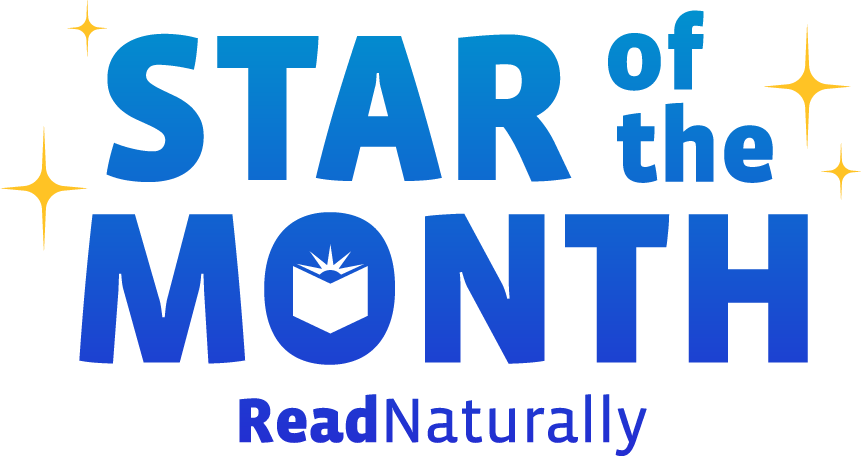Nothing motivates a struggling reader more than experiencing his or her own success. That’s why Read Naturally programs incorporate goals and progress monitoring graphs to show students continuous proof of their improvement. Students are even more motivated when teachers and parents help celebrate this success. If you’re looking for ways to show your Read Naturally students how awesome they are, here are some ideas:
Read more Although the default settings in Read Live tend to work well for most students, the program is highly customizable. Teachers who adjust the program settings to suit the diverse needs of their students often find that a slight tweak is all it takes to help a struggling student soar. How can teachers change the default settings? And when are such changes indicated?
Read more The Holiday Season is upon us, along with all the extra student excitement that makes this time of year oh-so-special. By this point in the school year, Read Naturally students have become more competent in reading and are advancing through stories and levels more quickly. How can you empower them to keep up their skills over winter break?
Read more At Read Naturally, we value educating teachers as much as we value educating students. In order for struggling readers to become fluent readers, teachers must learn the best ways to support these students. We believe all teachers should have access to this information, which is why we offer a variety of teacher training resources free of charge.
Read more My first grader came to the last section of his “Halloween word problems” math worksheet yesterday and let out a giant groan. The instruction was, “Now write a Halloween word problem of your own.” It was challenging enough for him to read and then solve the problems. Now he had to write one, too? “But writing takes forever!” he complained.
Read more After working with a boy named Mathias for a couple of weeks, Read Naturally founder Candyce Ihnot had a hunch that she had placed him in the wrong level. How could she be sure? And what could she do to correct her mistake? The answer was to check his initial placement. Then, after Candyce found the appropriate level and goal for Mathias, she came up with a creative solution to ensure his needs were being met.
Read more With roughly a month of school under your belt, you’re likely aware now of which students qualify for a reading intervention. You may soon find yourself with a group of students who are brand new to Read Naturally. This is an important moment. Communicating your expectations clearly will set the stage for success.
Read more Have you heard of the fourth-grade slump in reading? Research shows that many students experience a decline in their reading ability around grade four, and this decline is linked to the size of their vocabulary.
Read more Investing the time to train your students well in the Read Naturally Live program will yield incredible benefits later. When the steps of the program are easy and automatic for students, they can devote all their mental energy to the important task of reading. That’s why we created A Student’s Guide to Read Naturally Live—a free training resource we hope all Read Naturally Live teachers and aides will take advantage of. This resource makes Read Naturally Live training easier, more efficient, and more enjoyable than ever before.
Read more Back to School! That phrase seems to imply we’re all settling back into something, doesn’t it? But as all educators know, there’s nothing settled about this time of year. It’s a frenzied, fast-paced new start. We’re all ready to go and to grow—forward and onward, not backward.
Read more  Share your student’s success story—nominate him or her for our Star of the Month award. Win a Barnes & Noble gift card for the student and a Read Naturally gift certificate for your class!
Share your student’s success story—nominate him or her for our Star of the Month award. Win a Barnes & Noble gift card for the student and a Read Naturally gift certificate for your class!